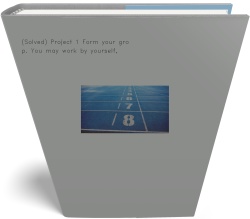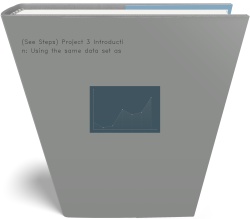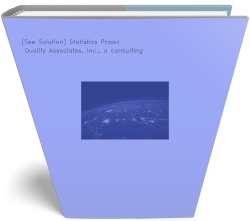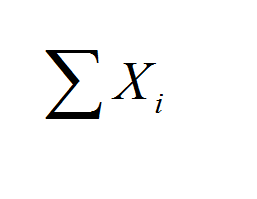DURHAM INDUSTRIES, INC. - QUESTIONS Write your report to the President of Durham Industries using the
DURHAM INDUSTRIES, INC. - QUESTIONS
Write your report to the President of Durham Industries using the report guidelines found on the , course web site and incorporating answers to the five questions below.
You are the financial vice-president of Durham Industries, Inc., a large manufacturer of consumer durables that is considering expanding into two developing countries. Eastasia and Oceana recently split off from the former Soviet Union and may provide opportunities for both manufacturing and sales for your company. While the two countries have similar backgrounds and current GDPs, they differ substantially in economic policies. Because of limited resources, your company can only expand into one country. You would like to invest in a country that will be growing rapidly so that the citizens will be able to afford to buy your products. Your job is to assess the prospects for investing in the two countries.
In making your decisions, you have met with the Minister of Commerce for Oceana, Ms. Coranish, and the Minister for Development for Eastasia, Mr. Aliel. Your company has also sent a number of representatives to the two countries to gather data to help you make your decision.
Eastasia
Eastasia has had a democratic and populist tradition. This has resulted in the people enjoying substantial civil rights after independence, including free speech and popular elections. However, the government has an inefficient civil service and a mixed record of enforcing property rights. Investment in education and physical capital is low even though public spending and the federal deficit are high.
Oceana
Oceana is run by a generally peaceful one-party government. The government budget has been balanced, with taxes and tariffs at a level typical for a developing country. Government spending has focused on education with the gỏal of universal primary education. The legal system is well developed and has been effective in supporting property rights (although less effective for political rights). Corruption is low.
Unlike Eastasia, Oceana is more restrictive in terms of civil rights and democracy. There are no prospects for elections in the near future and a number of opposition leaders have been jailed. All television and radio is run by the government. Newspapers have a close relationship with the government and generally follow a pro-government line.
Question 1:
Statistics provided by developing countries are not always reliable. Data can be hard to gather and is sometimes reported incorrectly. From your analysis of Oceana, you conclude that citizens there average $1000 per month in household disposable income. The Minister of Development for Eastasia says that disposable income is the same in his country. To see if the data supports this, your company has sampled 100 households from Eastasia and obtained data on household disposable income. Use the Excel file durham.xls, found on the course website to:
- Derive a frequency distribution of income
- Create a histogram of income
- Obtain the sample mean and standard deviation
- Test the hypothesis, at the \(5 \%\) significance level, that Eastasia also has a mean of $ 1000.
Question 2: Suppose Eastasia's government now reports that its population mean disposable household income is $900$ per month, with a standard deviation of $100. Oceana's population mean is $1000, with a standard deviation of $300.
- Which country has more variation in income? Explain using popular phrases, such as "gap between rich and poor."
- Each country defines the poverty level to be $750. If you assume that income has a normal distribution, find the probability that a household's income is below the poverty level in
- Oceana
- Eastasia
Does it seem reasonable to assume a normal distribution? Is income symmetric or skewed?
Question 3: In explaining why their country is an attractive place to invest, the Minister of Commerce from Oceana has argued that the political problems have been exaggerated and that fewer people have been imprisoned for political reasons than you have been led to believe. However, Amnesty International reports that one third of the prisoners in Oceana are political prisoners. A representative from your company visited a prison and sampled 500 prisoners in Oceana, concluding that 90 of them are political prisoners. Test the hypothesis, at the \(5 \%\) significance level, that one third of the prisoners in Oceana are political prisoners. Does this data support the Minister of Commerce or Amnesty International? What other issues might be important when evaluating this data?
Deliverable: Word Document


![[Solution Library] A DAY AT THE SPA Dr. Vontz looked at Tommy Jetson [Solution Library] A DAY AT THE SPA](/images/solutions/MC-solution-library-81009.jpg)




